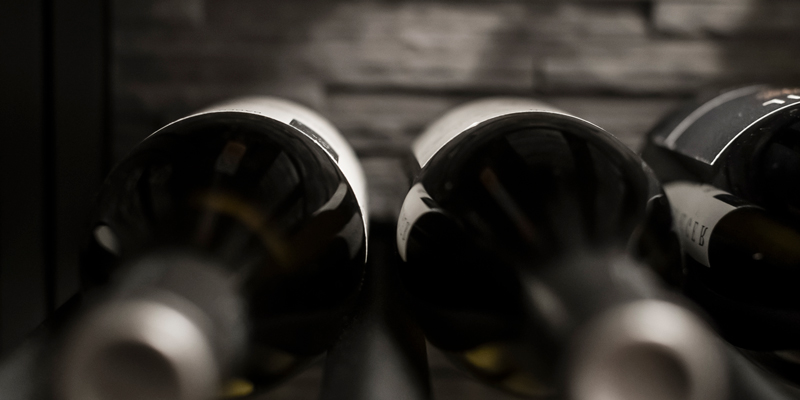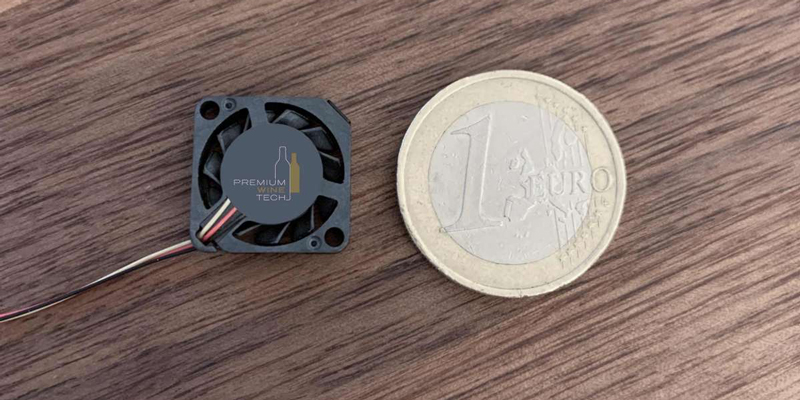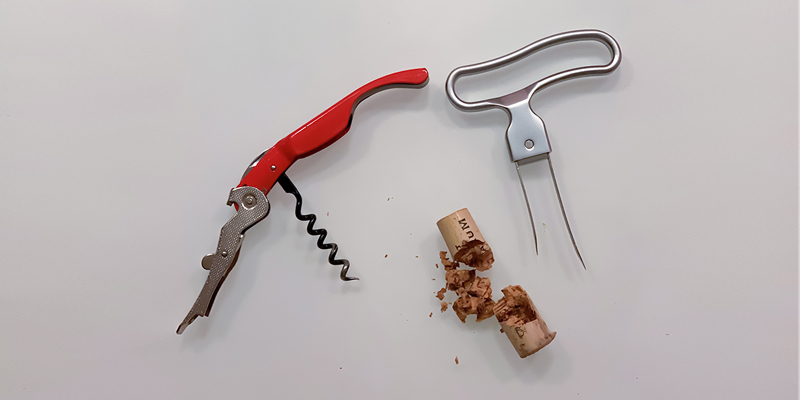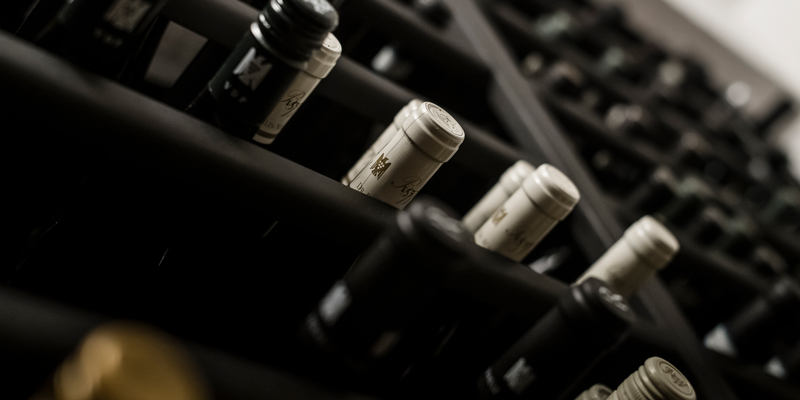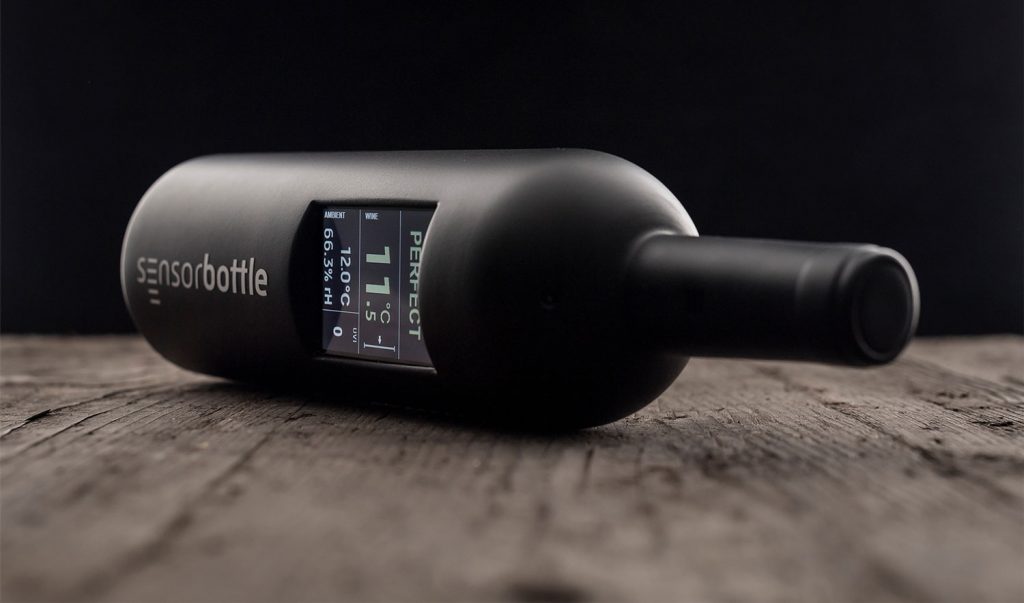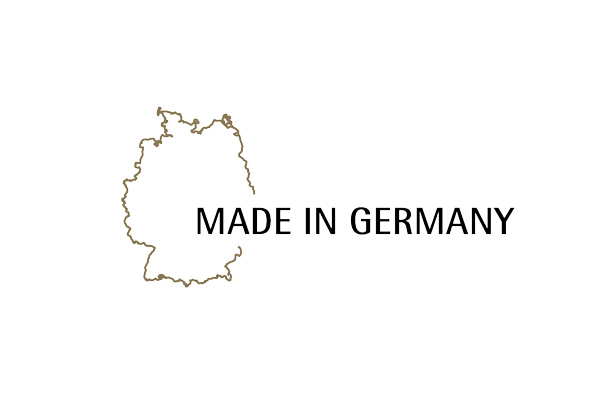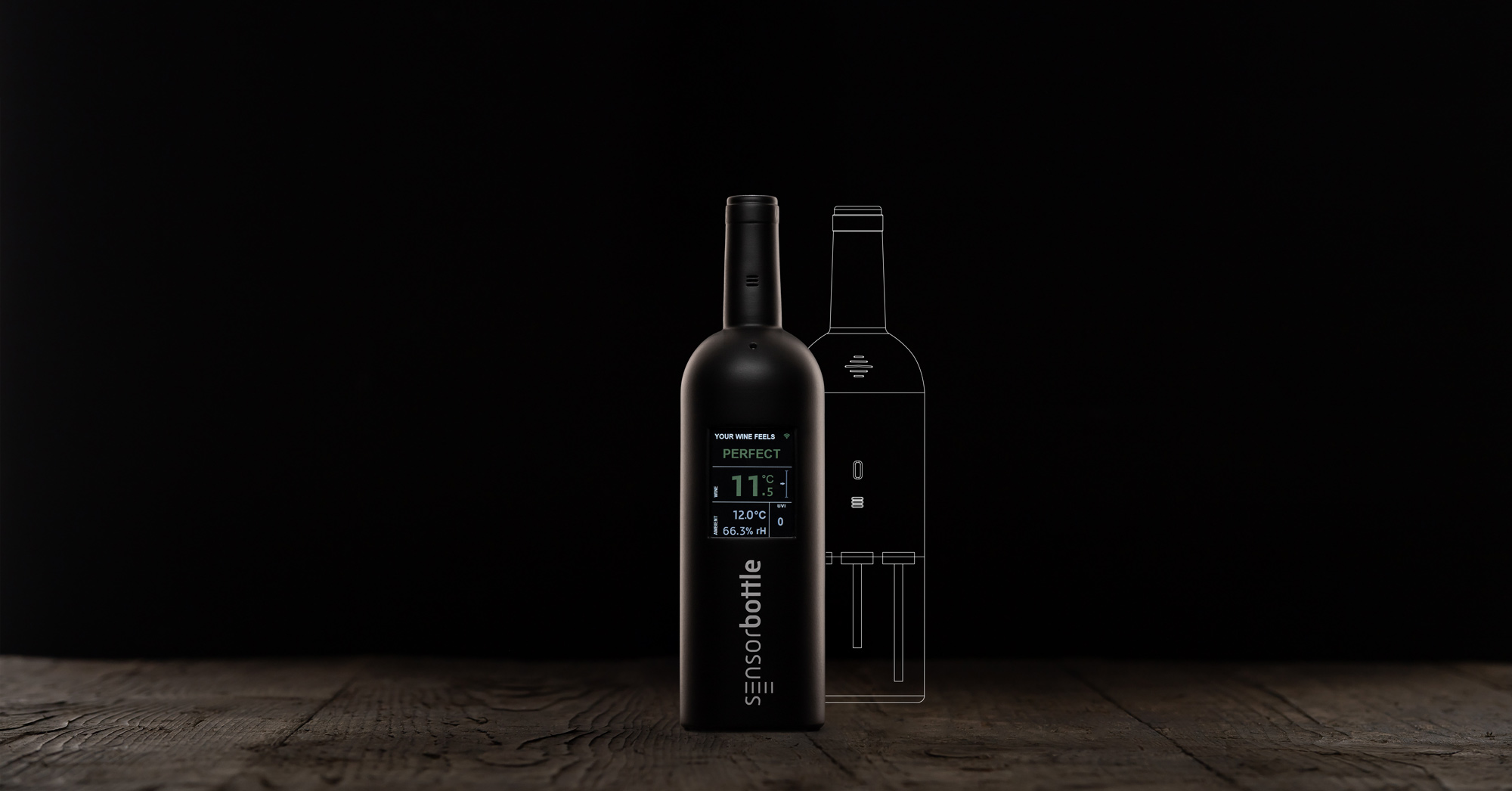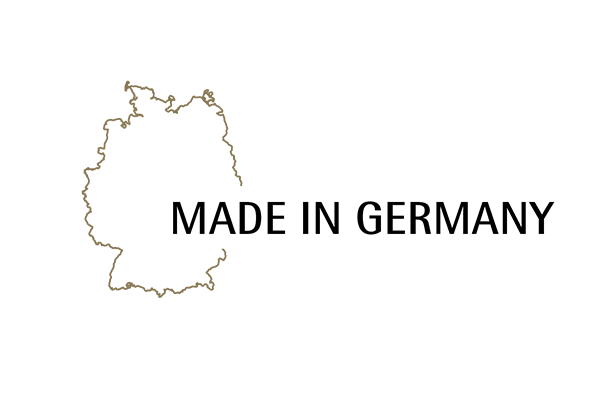A UVA sensor in the shoulder of the bottle detects the UVA rays hitting the bottle while lying or standing and calculates a UV index from this. If UVA is measured, a corresponding warning appears on the display and the acoustic alarm is activated.
Why?
The UVA component of sunlight easily penetrates uncoated window glass and ensures that plants can also grow indoors. Put simply, UVA does not make you brown, but it does cause your skin to age. We are in the same situation as wine: its aging is also accelerated unfavorably when UVA hits the wine.
The green glass, from which most wine bottles are made, filters only about 30% of UVA radiation. The rest gets into the bottle. How much of this remains in the bottle as energy depends primarily on the color of the wine and the amount of lees. In a heavy, dark Tempranillo from Rioja (dark and dense), for example, almost all of the UVC is absorbed and leads to the destruction of tannin and primary fruit aromas. The only remedy here - besides the complete exclusion of sunlight - is glass with a special coating or film and foils in which the bottle is wrapped, as is occasionally seen, for example, in high-quality Prestige champagnes.



